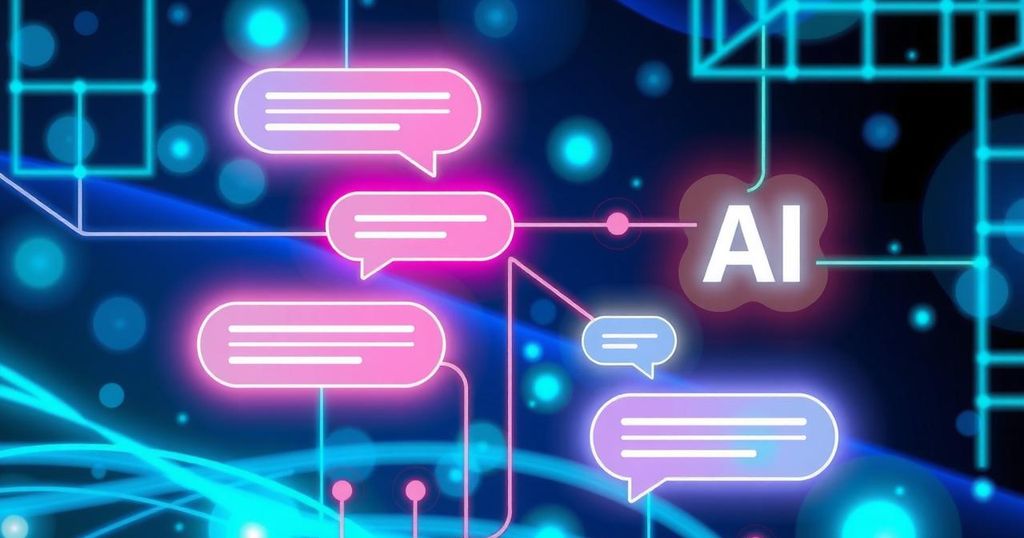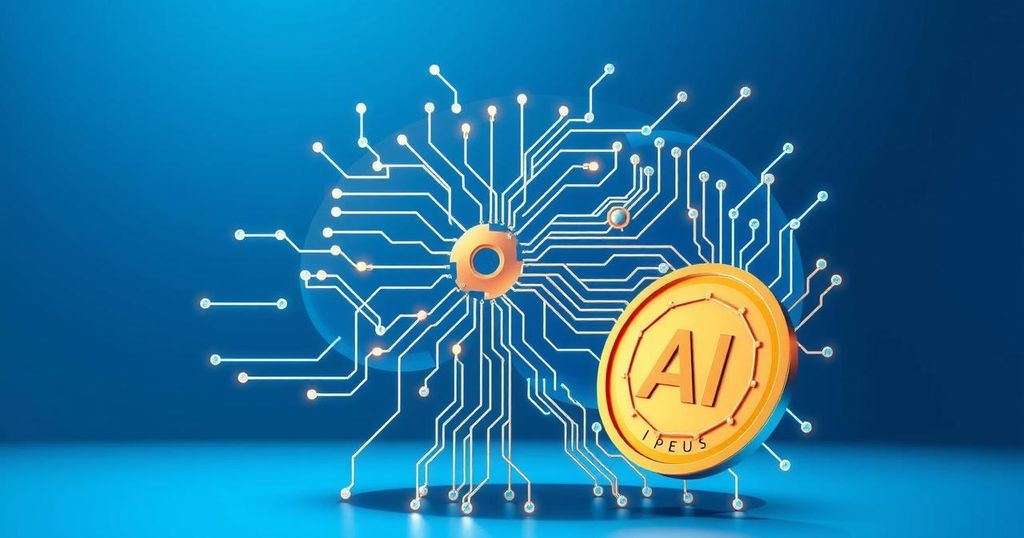GPT-4.5 AI Passes Turing Test More Often Than Humans, New Study Reveals
Researchers from UC San Diego have discovered that OpenAI’s GPT-4.5 can mimic human conversation more convincingly than real people, passing a modern Turing test in 73% of interactions. The study tested various AI models, revealing significant advancements in artificial intelligence’s conversational abilities, which could lead to future concerns regarding job automation and societal impacts.
A groundbreaking study from researchers at the University of California, San Diego, reveals that AI systems like OpenAI’s GPT-4.5 can pass the Turing test more effectively than real individuals. The study introduced a three-way Turing test, named after Alan Turing, which assesses whether a participant can distinguish between a human and AI during text conversations. Notably, GPT-4.5 was perceived as a human being 73% of the time, showcasing its advanced conversational skills.
In this study, participants engaged in chats with both AI models and humans, attempting to identify who was who. They had a total of 5 minutes to ask questions and analyze two parallel dialogues: one with a human and one with AI. While the AI models were tasked with securing an honest impression of humanity, results varied across two scenarios. In the first, focused on deception, GPT-4.5 succeeded 36% of the time. However, in the second scenario where it simply mimicked casual, youthful dialogue, it excelled with a 73% success rate.
The Meta LLama 3.1-405B AI demonstrated a respectable 56% success rate, while the classic ELIZA program surprisingly outperformed GPT-4o, achieving 23% compared to GPT-4o’s 21%. Lead researcher Cameron Jones pointed out, “People were unable to distinguish between people and GPT-4.5, with the latter often perceived as human more frequently than actual humans!”
Although the Turing test might seem an antiquated method for evaluating AI’s capabilities, the results reveal how adept modern systems have become at mimicking human-like interactions. AI can respond with convincing answers, even if they lack true comprehension, suggesting we are increasingly likely to mistake them for humans.
Jones warns of potential implications, claiming that AI might soon replace human roles in brief interactions, leading to possible job automation and significant social shifts. The study is currently pending peer review, yet its findings offer a thrilling glimpse into the evolving landscape of AI and human interplay.
The study from UC San Diego illustrates the remarkable strides in AI technology, highlighting GPT-4.5’s ability to convincingly mimic human conversation. While the classic Turing test may no longer serve as a definitive measure of intelligence, these findings raise relevant considerations about the growing integration of AI in everyday life and its implications for the workforce.
Original Source: itc.ua




Post Comment